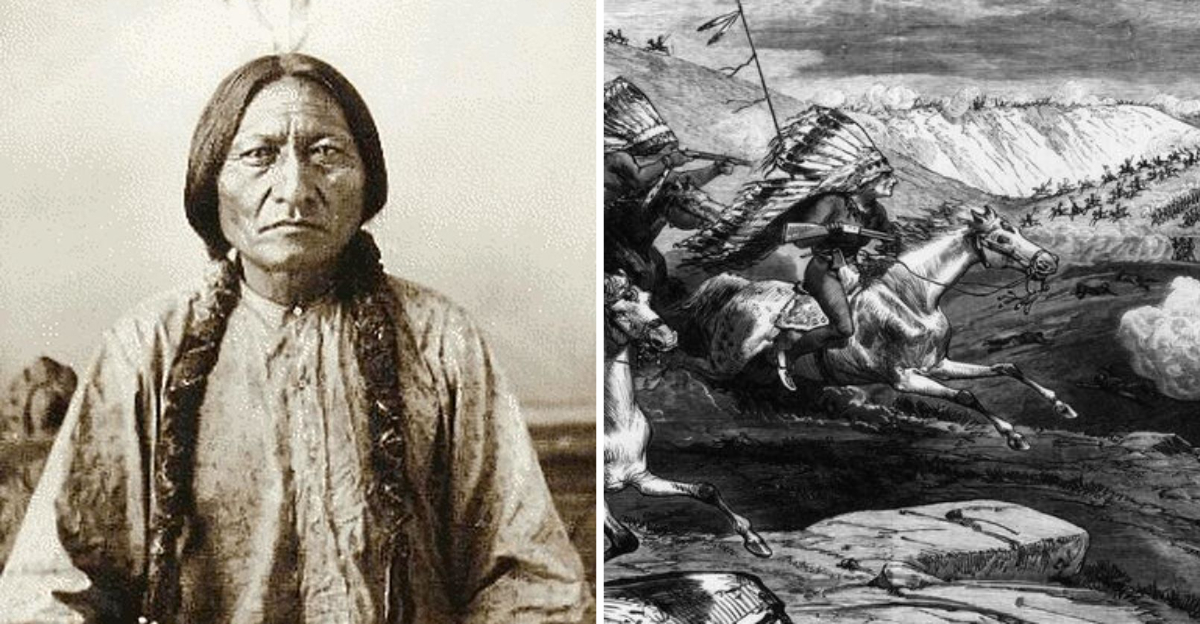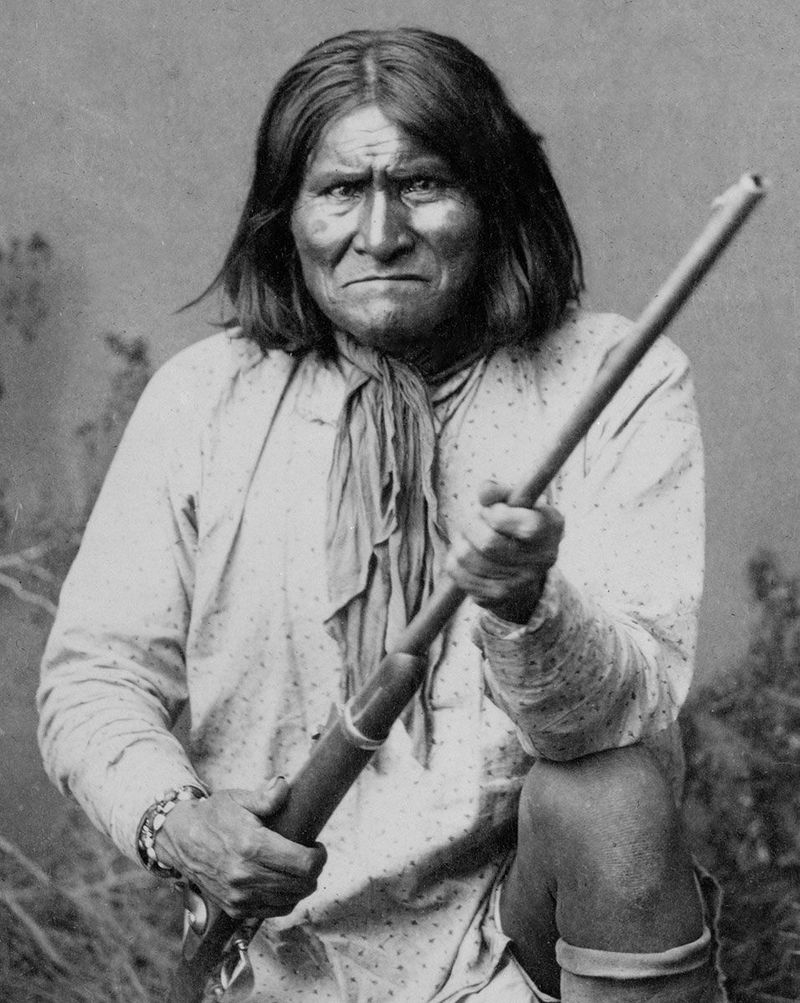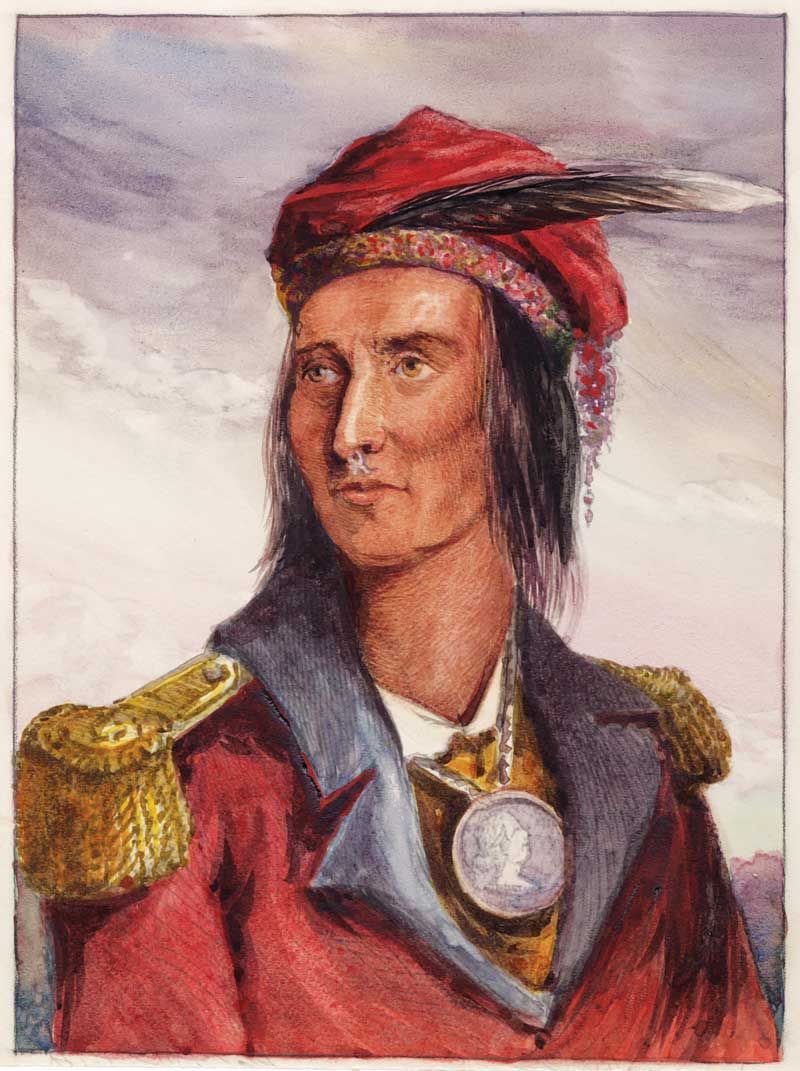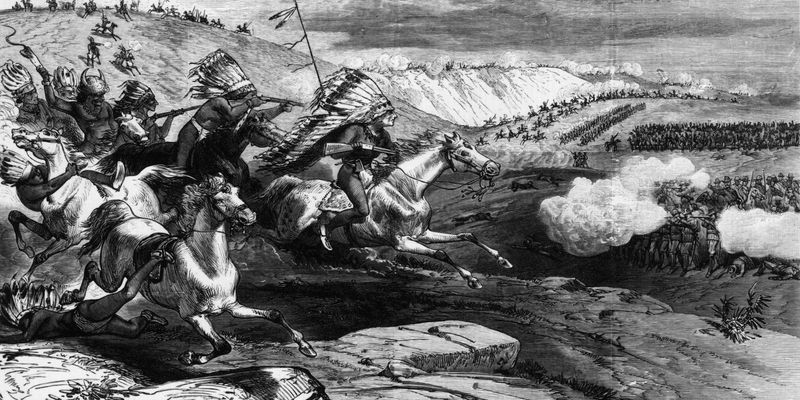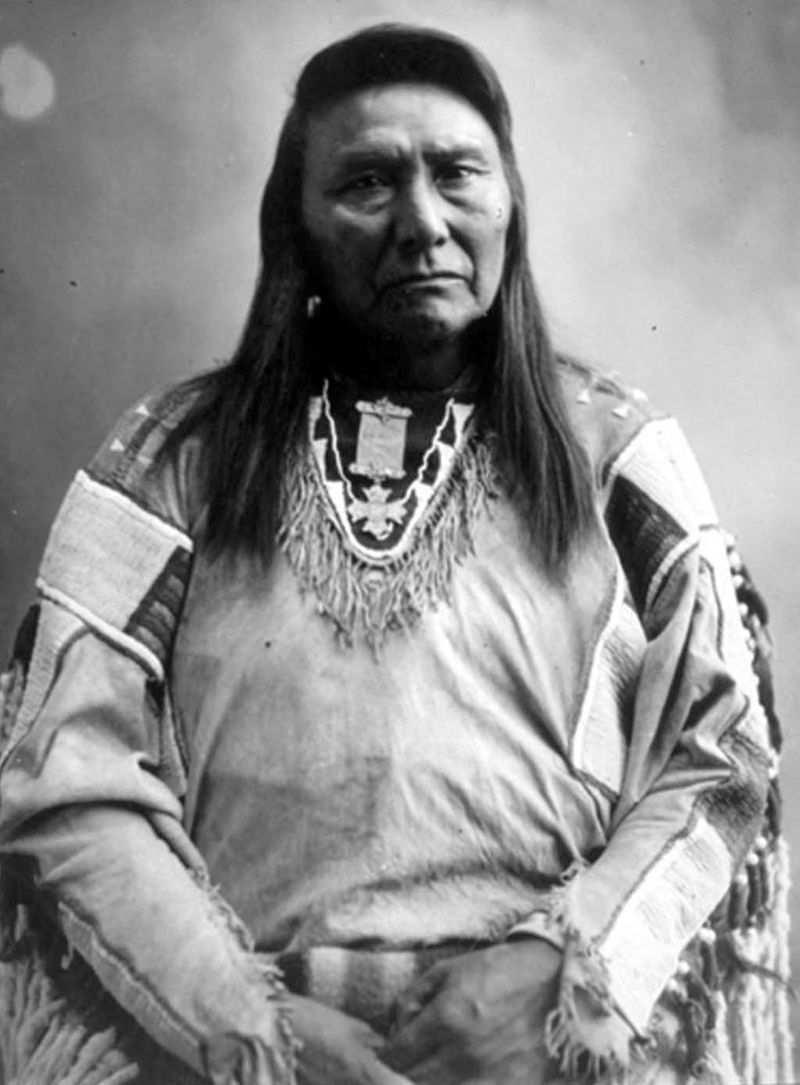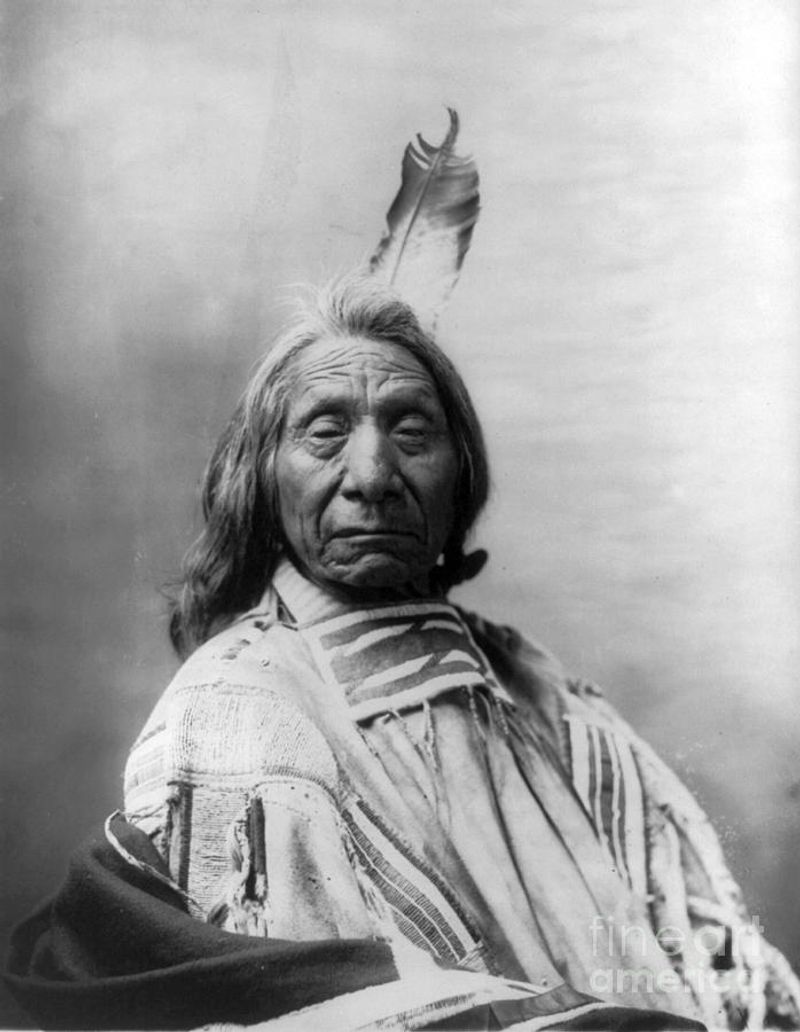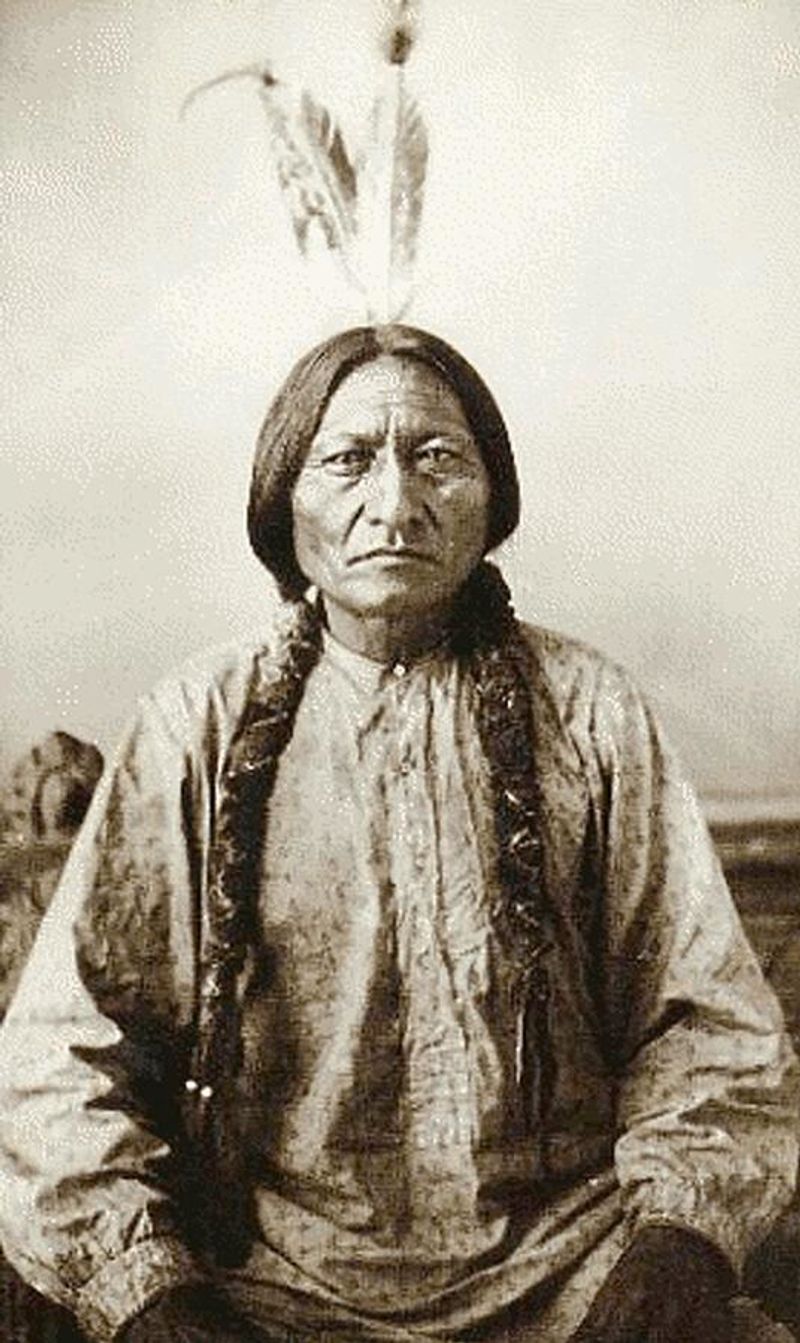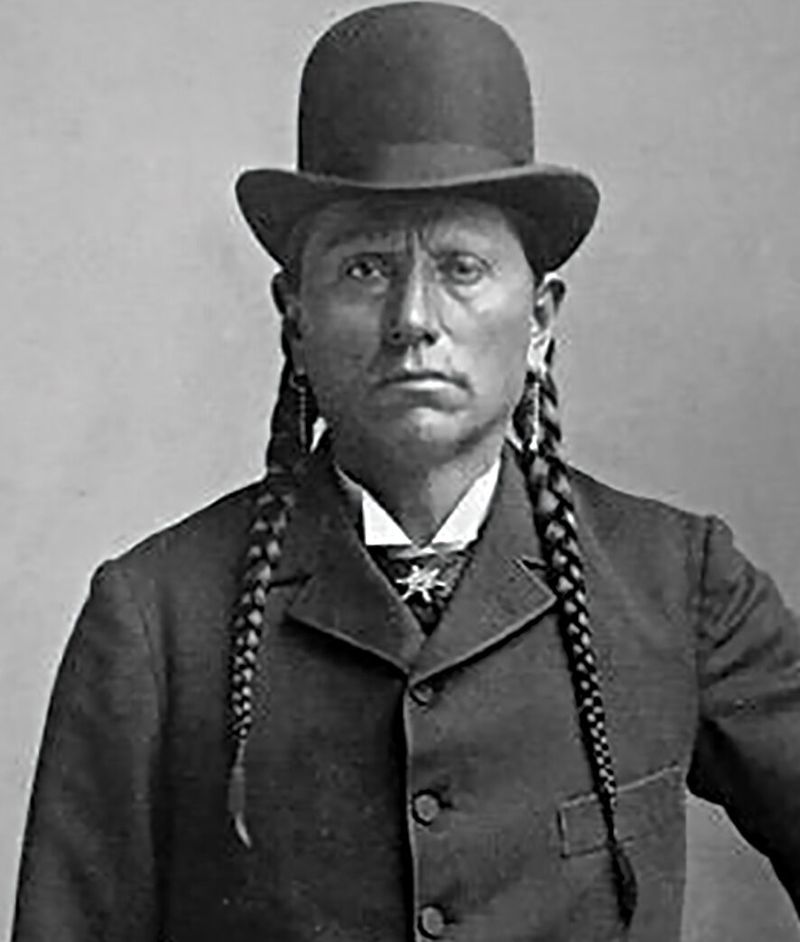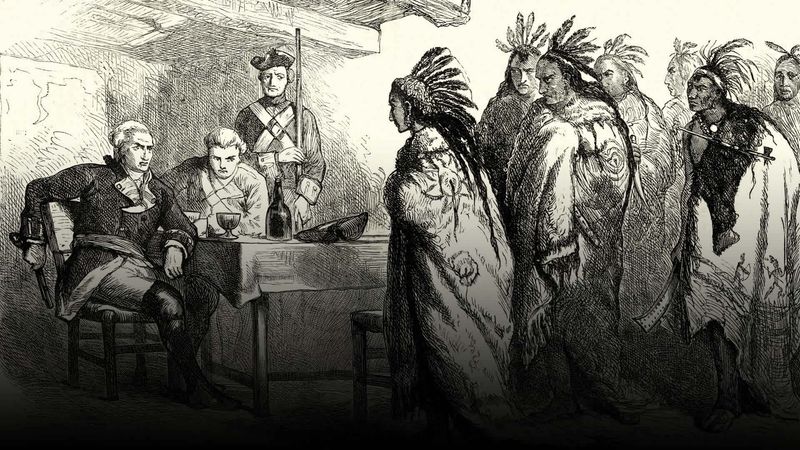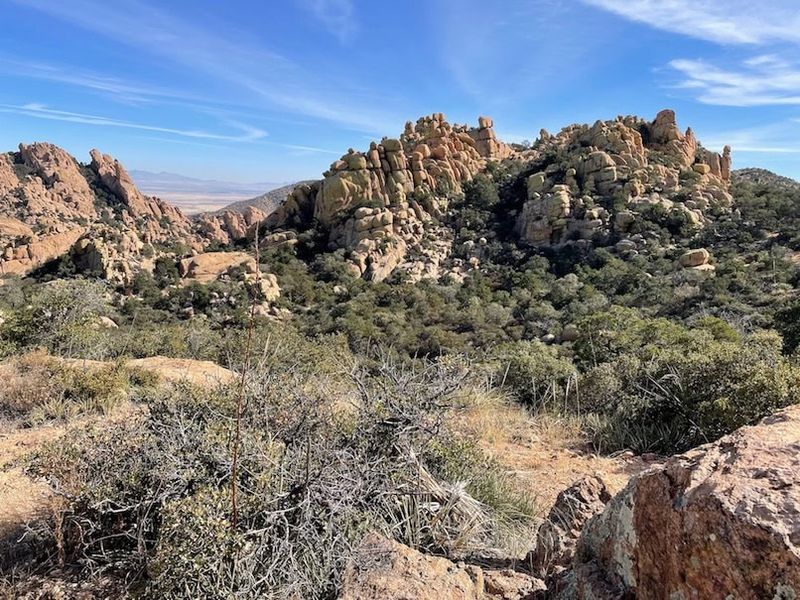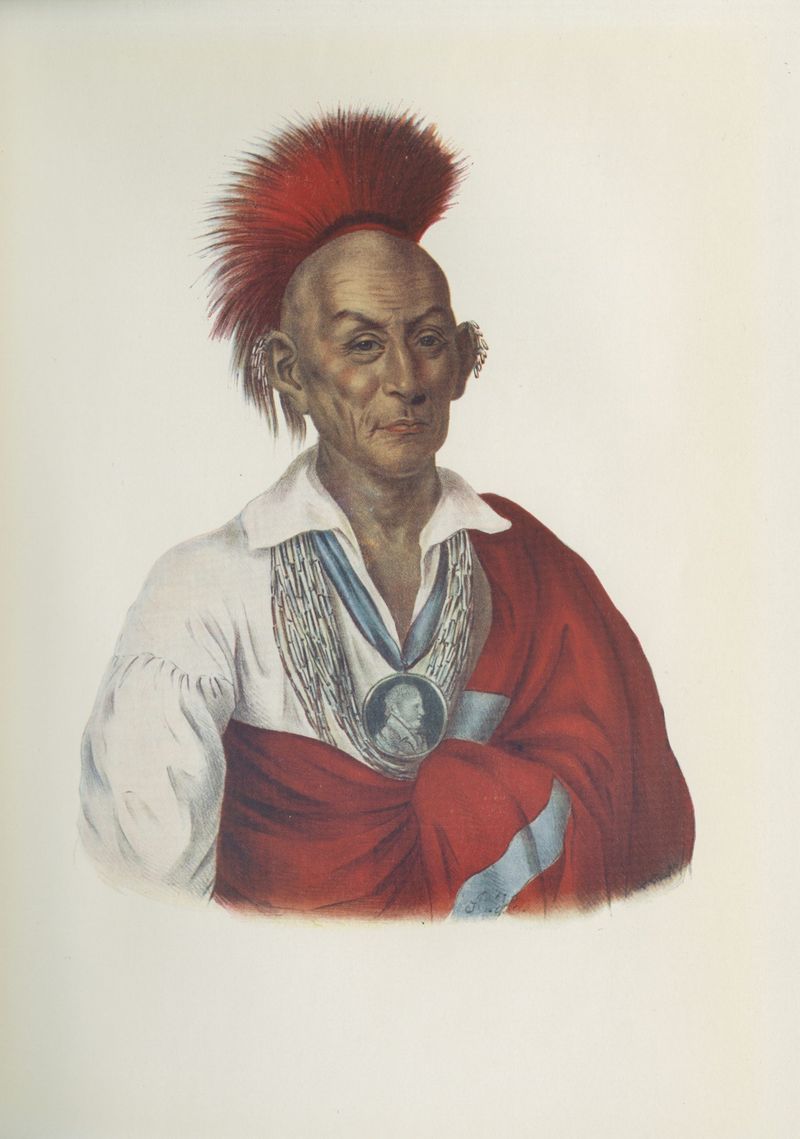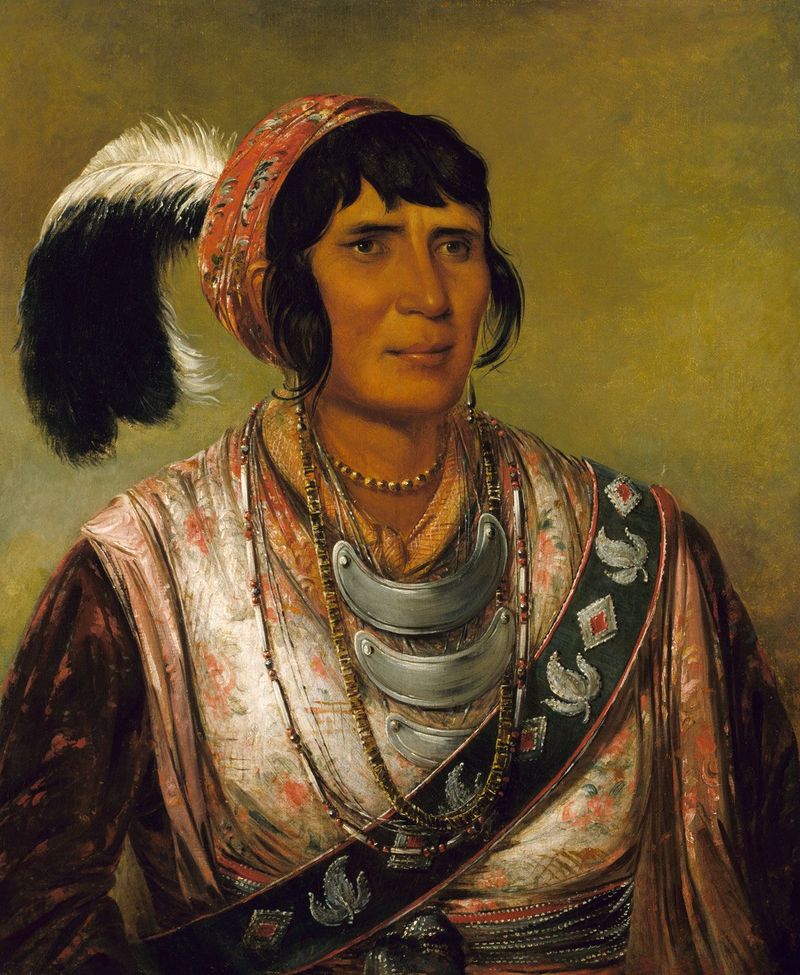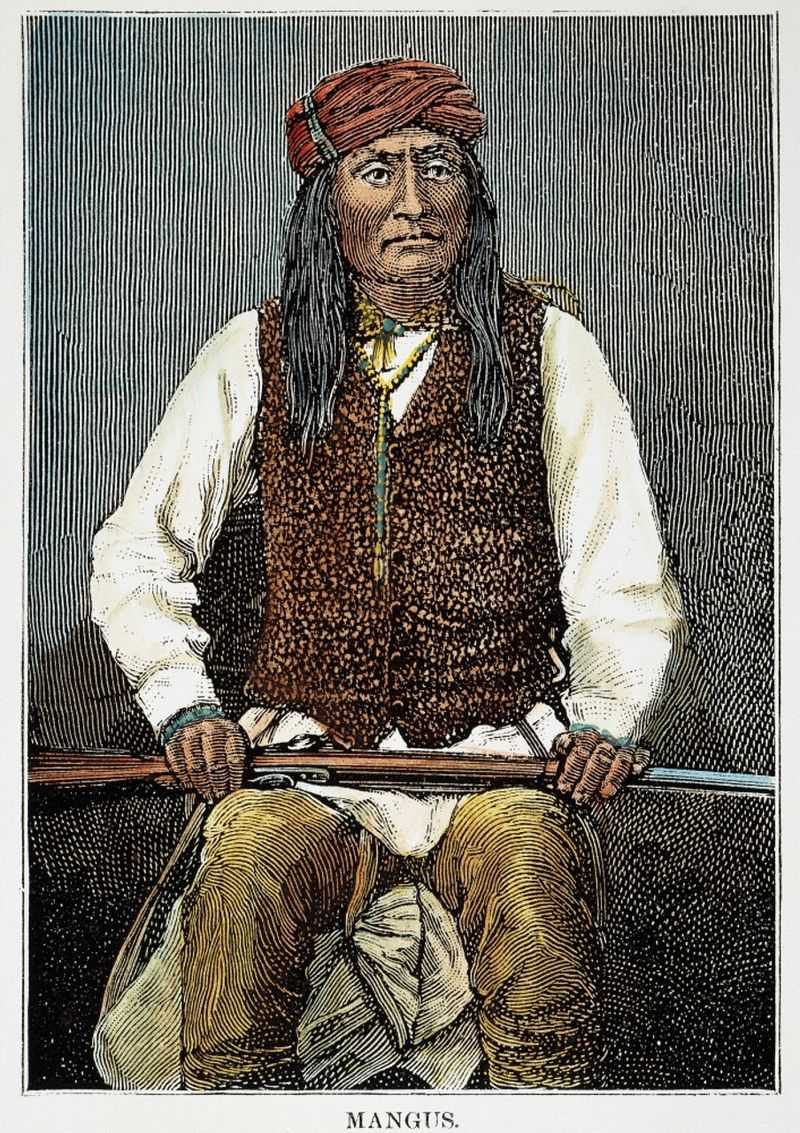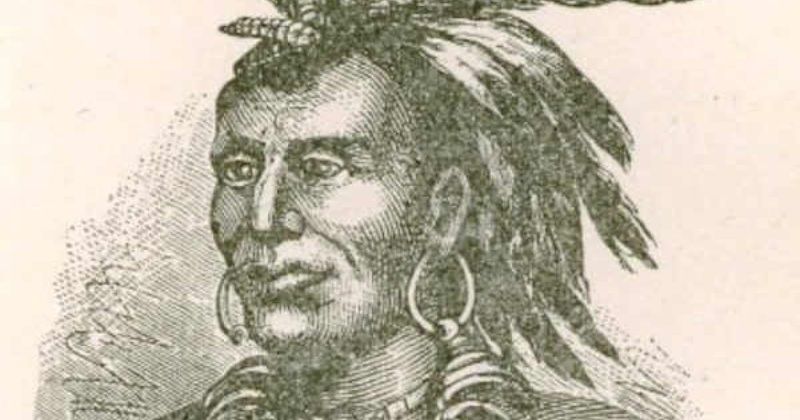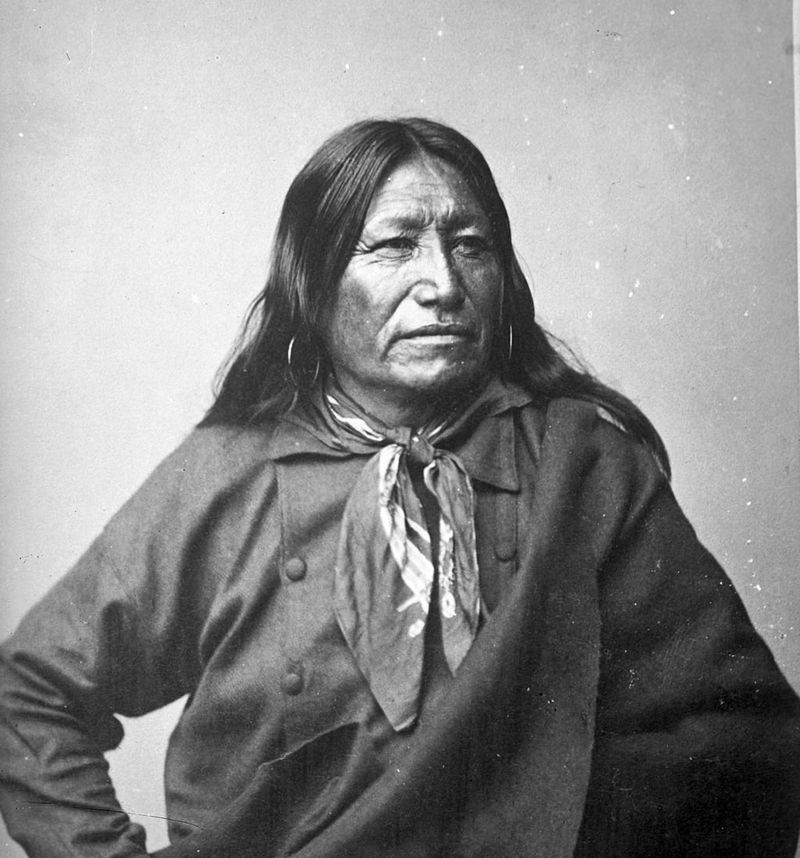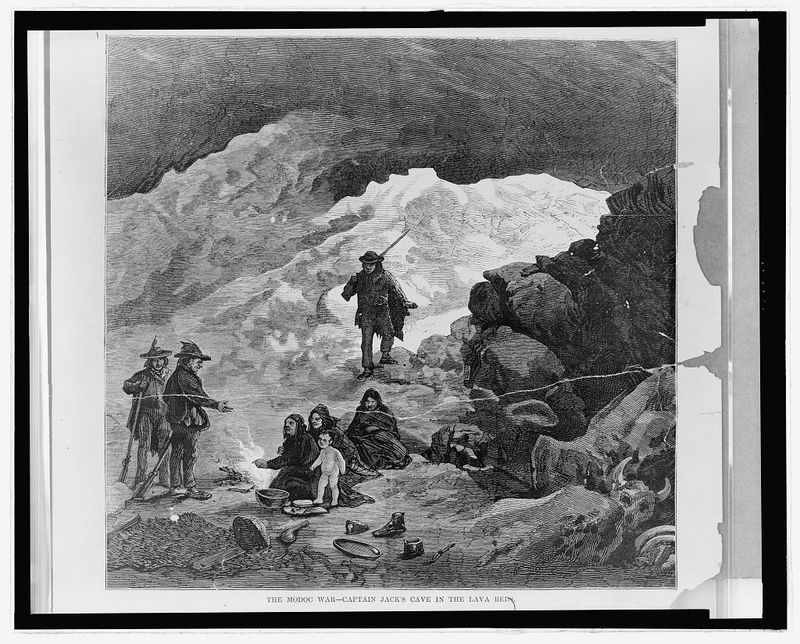Native American history is filled with brave warriors who stood against oppression to protect their lands and people. These remarkable individuals led resistance movements, fought in significant battles, and used both military strength and diplomatic wisdom to defend their tribes’ sovereignty. Their legacies continue to inspire generations with stories of courage, strategic brilliance, and unwavering dedication to freedom.
1. Geronimo’s Fierce Resistance
The name that struck fear into settler communities across the Southwest belonged to a man driven by personal tragedy. After Mexican soldiers killed his mother, wife, and children in 1858, Geronimo dedicated his life to revenge and resistance.
With just a small band of Apache fighters, he evaded capture for years through masterful guerrilla tactics. His ability to disappear into harsh landscapes became legendary, with rumors that he possessed supernatural powers to walk without leaving footprints.
Even in captivity after his 1886 surrender, Geronimo maintained his dignity, later appearing at world fairs and even riding in President Theodore Roosevelt’s inaugural parade.
2. Tecumseh’s Vision of Unity
Born during a meteor shower, Tecumseh’s name meaning “Shooting Star” foretold his brilliant but brief impact on history. Unlike most leaders who focused solely on their tribe’s interests, he dreamed bigger – creating a pan-Indian confederacy to halt American expansion.
His oratorical skills persuaded dozens of tribes to join his cause. Working alongside his brother Tenskwatawa (the Prophet), he built a movement based on cultural revival and political alliance.
The War of 1812 presented an opportunity through British alliance, but his death at the Battle of the Thames in 1813 shattered the confederacy. His vision of Native unity remained influential long after his passing.
3. Crazy Horse’s Battlefield Brilliance
A mystical warrior whose face was never photographed, Crazy Horse embodied the Lakota fighting spirit. His tactical genius proved devastating against U.S. forces, particularly at the Fetterman Fight where he lured soldiers into a deadly ambush using himself as bait.
Unlike other leaders, he refused to be photographed or sign treaties. His private nature created an almost mythical reputation that intimidated enemies and inspired fellow warriors.
The circumstances of his death remain controversial – stabbed while supposedly resisting arrest at Fort Robinson in 1877. His final words reportedly were, “Tell the people it is no use to depend on me anymore.”
4. Chief Joseph’s Heartbreaking Journey
“I will fight no more forever” – these haunting words concluded one of history’s most remarkable military retreats. Chief Joseph led his Nez Perce people on a 1,170-mile journey in 1877, outmaneuvering U.S. forces through mountainous terrain while protecting women, children, and elders.
Just 40 miles from Canadian sanctuary, exhaustion and freezing temperatures forced their surrender. The tactical brilliance displayed during this retreat impressed even Joseph’s military pursuers.
Despite promises of return to their homeland, Joseph’s people were sent to Oklahoma Territory where many died of disease. His eloquent appeals for justice made him a respected voice in Washington, though his people never regained their ancestral lands.
5. Red Cloud’s Historic Victory
History records only one man who defeated the United States in a war – Oglala Lakota leader Red Cloud. His strategic brilliance during the Powder River War (1866-1868) forced the U.S. government to abandon forts along the Bozeman Trail and negotiate the Fort Laramie Treaty.
Unlike many peers, Red Cloud recognized changing realities after victory. He chose diplomatic resistance over continued warfare, visiting Washington D.C. to advocate directly for his people’s rights.
This pragmatic approach earned criticism from some warriors but allowed him to live into old age, witnessing the painful transition of the Lakota to reservation life. He died in 1909, having outlived most contemporaries who chose armed resistance.
6. Sitting Bull’s Unwavering Leadership
The legendary Hunkpapa Lakota chief became the face of Native resistance during America’s westward expansion. His spiritual vision before the Battle of Little Bighorn in 1876 predicted victory against Custer’s forces, inspiring warriors to one of history’s most famous Native American triumphs.
After years evading capture in Canada, Sitting Bull eventually returned to U.S. territory. His later years included touring with Buffalo Bill’s Wild West Show, where he cannily used his fame to advocate for his people.
Tragically, his life ended in 1890 during a botched arrest attempt, but his legacy as a spiritual leader and resistance symbol endures in Native American culture today.
7. Quanah Parker’s Cultural Bridge
The son of a Comanche chief and kidnapped white settler Cynthia Ann Parker, Quanah embodied two worlds colliding on the frontier. As the last free Comanche war leader, he masterfully evaded U.S. forces until hunger forced his surrender in 1875.
Rather than fade into obscurity, Quanah reinvented himself as a cultural mediator. He adopted aspects of white society – becoming a successful rancher and businessman – while preserving Comanche traditions and founding the Native American Church.
His sprawling Star House in Oklahoma welcomed both Native and white visitors, including President Theodore Roosevelt. This extraordinary cultural adaptability ensured the Comanche maintained influence even after military defeat.
8. Pontiac’s Revolutionary Alliance
Before American colonists dreamed of revolution, Ottawa leader Pontiac organized one of history’s most ambitious Native resistance movements. Following the French defeat in 1763, British policies reduced gift-giving and restricted trade goods, sparking widespread anger.
Pontiac united tribes across the Great Lakes region through brilliant diplomacy and spiritual messaging. His forces captured eight British forts in a coordinated campaign that shocked colonial authorities.
Though eventually forced to negotiate peace as tribal alliances fractured, Pontiac’s Rebellion changed British colonial policy. The Crown issued the Proclamation of 1763 limiting western settlement – a restriction that later fueled American revolutionary sentiment against Britain.
9. Cochise’s Mountain Stronghold
For a decade, the name Cochise struck terror across the Southwest. After being falsely accused of kidnapping in 1861 (the “Bascom Affair”), this Chiricahua Apache leader launched a war of revenge that made travel through Arizona Territory nearly impossible.
The rugged Dragoon Mountains served as his natural fortress. From this stronghold, Cochise and his warriors controlled a vast territory through lightning raids and superior knowledge of the harsh desert landscape.
Unlike many leaders, Cochise died free in 1874, having negotiated a reservation that included part of his ancestral homeland. His son Naiche continued the resistance alongside Geronimo after broken promises drove them back to war.
10. Black Hawk’s Desperate Return
Few Native leaders have had the courage to document their own story. Black Hawk stands apart not just for his military leadership but for dictating his autobiography – one of the earliest firsthand accounts of Native resistance.
Refusing to accept his people’s forced removal from Illinois lands, Black Hawk led Sauk and Fox warriors back across the Mississippi in 1832. He believed British allies in Canada would support his cause, a tragic miscalculation.
After months of fighting, starvation forced his surrender. Though defeated, his dignity during imprisonment impressed American officials, including a young Abraham Lincoln. His life story, published in 1833, remains a powerful testament to the struggle for Native sovereignty.
11. Osceola’s Defiant Resistance
Born to a Creek mother and English father, Osceola rose from obscurity to become the Seminole’s most feared warrior. His hatred of removal policies intensified after witnessing his wife’s enslavement based on her African ancestry.
Osceola’s guerrilla tactics in Florida’s swamps frustrated U.S. forces for years. His fighters moved silently through terrain that swallowed conventional military units, launching precision strikes before vanishing into the wilderness.
His capture required treachery – seized under a white flag of truce in 1837. Even imprisoned at Fort Moultrie, his dignified bearing attracted crowds of visitors. His death from illness in captivity only strengthened Seminole resolve to continue their resistance for decades.
12. Mangas Coloradas’ Towering Presence
Standing nearly seven feet tall, Mangas Coloradas physically embodied the formidable Apache resistance. His leadership began after witnessing Mexican miners’ brutality – they invited Apaches to a feast, then scalded them with boiling water for entertainment.
This experience transformed Mangas from peaceful leader to relentless warrior. His alliance with son-in-law Cochise created a unified Apache resistance that controlled vast territories across present-day Arizona and New Mexico.
The circumstances of his death reveal the era’s brutality. Lured to peace talks in 1863, he was tortured with heated bayonets while bound, then shot “while trying to escape.” His people recovered and preserved his skull, denying trophy-hunters their prize.
13. Little Turtle’s Strategic Genius
America’s worst military defeat came not from a foreign power but from Miami chief Little Turtle. In 1791, his warriors killed over 600 soldiers in a single morning – nearly a quarter of the entire U.S. Army – at the Battle of the Wabash.
This brilliant tactician studied American military formations and developed counters for each. He avoided frontal assaults, instead using terrain and surprise to devastating effect.
Recognizing the changing tide as American numbers grew, Little Turtle later advocated peace. His pragmatic shift likely saved many lives. During later visits to Philadelphia and Washington, he impressed American leaders with his intellect and diplomatic skill, earning respect even from former enemies.
14. Spotted Tail’s Diplomatic Path
Not all resistance required bloodshed. Brulé Lakota leader Spotted Tail chose negotiation over warfare after witnessing the devastating power of American weapons during early conflicts.
His diplomatic approach drew criticism from warriors like Crazy Horse, but Spotted Tail’s realistic assessment of changing power dynamics saved countless lives. Through skillful negotiation, he secured better conditions for his people during their difficult transition to reservation life.
Education became his passion – he insisted the government provide schools for Lakota children. Though killed by a political rival in 1881, Spotted Tail’s legacy challenges simplistic narratives about Native resistance. His pragmatic leadership demonstrated that fighting for his people’s future took many forms.
15. Captain Jack’s Last Stand
From natural fortress to prison cell, Captain Jack’s journey embodied the tragic arc of Native resistance. When the government attempted to force his small Modoc band onto a shared reservation with their traditional enemies, he led them instead to California’s lava beds.
This harsh volcanic landscape became an impenetrable stronghold. For months in 1872-73, fewer than 60 Modoc fighters held off hundreds of U.S. soldiers from cave-like formations that provided perfect defensive positions.
The conflict escalated after peace commissioners were killed during negotiations – a desperate act that sealed the Modocs’ fate. Captured and tried by military court, Captain Jack faced the gallows with dignity, the only Native leader formally executed for “war crimes.”
